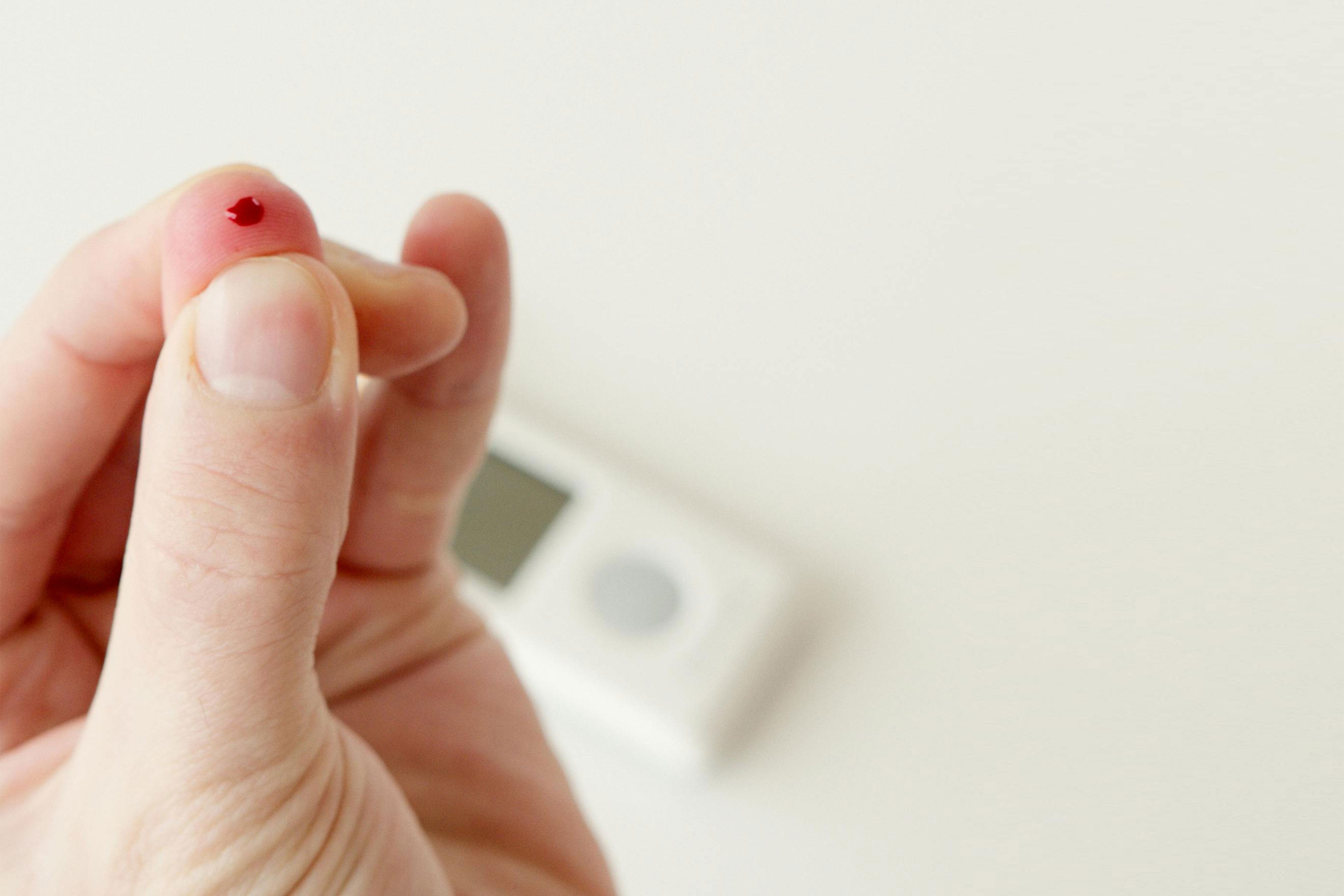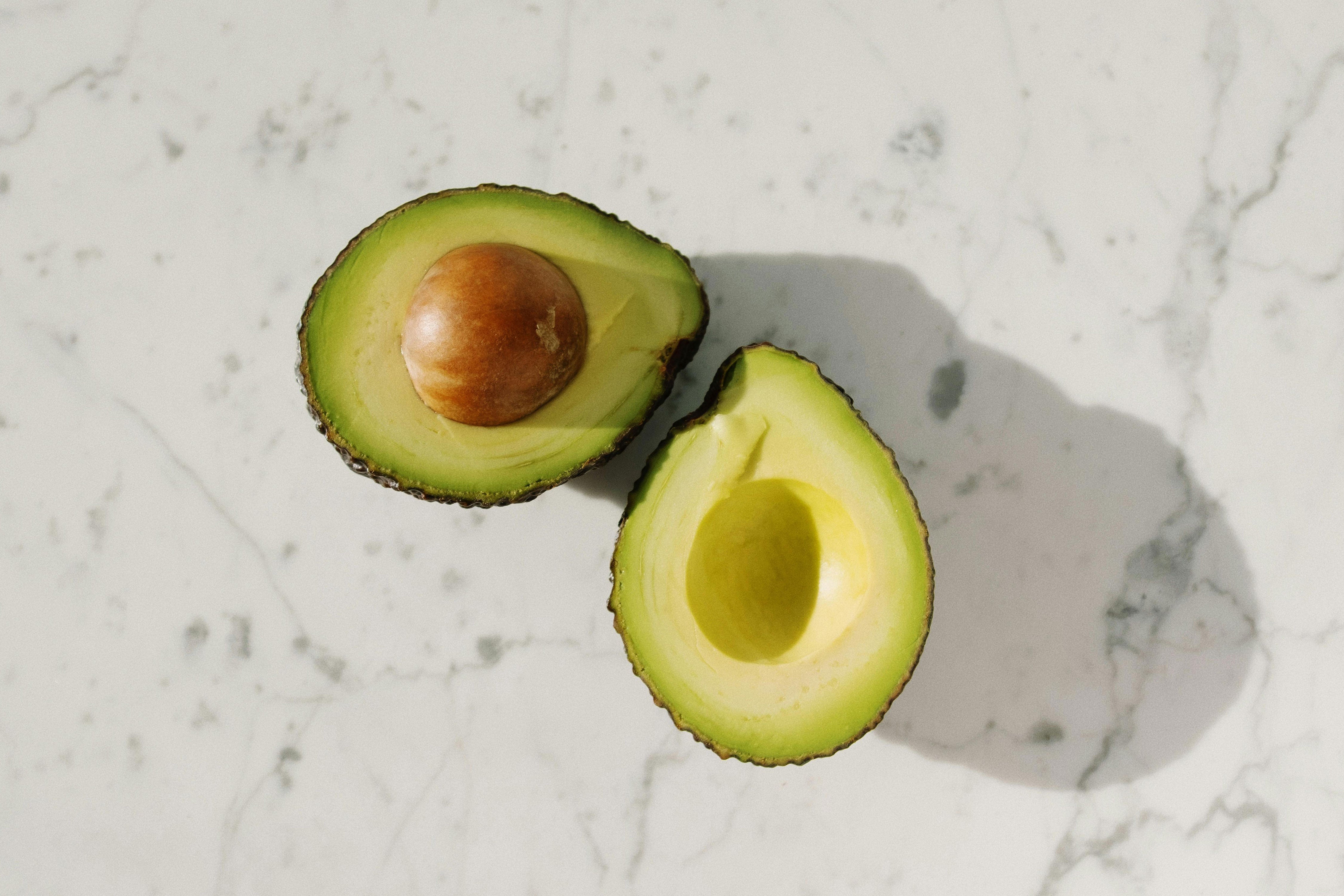What is the glycemic index?
By definition the glycemic index (GI) is a number from 0-100 that is assigned to food items. It represents the relative rise in blood sugar two hours after eating or drinking. A score of 100 represents Glucose (sugar) and a score of zero applies to foods that contain no sugar at all, for example meat and eggs. A score of 55 or below is considered low on the GI and any score above 70 is thought to be high. Foods with a higher score elevate your blood sugar at a quicker rate than foods with a lower score. Why is this important? Well sugar is what all the cells in your body use for energy, without it your cells cannot survive. Even though we need glucose, some foods can rapidly spike your blood sugar. If we abuse these foods, it can lead to a variety of health issues such as diabetes, inflammation and heart disease. The GI should be viewed as a tool that allows us to figure out how certain foods might affect our body. The simplest way to grasp the GI is to first understand carbohydrates and how they reflect the scoring of a food.
Carbohydrates: what are they and how are they different from one another?
When you hear the word carb or carbohydrate, I want you to think of sugar that is glued together, entering your system as a packaged deal. The reason being is that when you eat a food that contains carbohydrates it will eventually be broken down and enter your bloodstream in the form of glucose aka sugar. When you look at an ingredient list, it is common to see “no added sugars” on the label. This does not mean that the product does not contain sugar, it only implies that it doesn't contain sugar in its simplest form. Essentially carbs can be categorized into three food groups: sugar, starch and fiber. Even though all of these are considered carbs, the way they affect your body and blood sugar is drastically different.
- Sugar- this is known as a monosaccharide or disaccharide. “Mono” means one and the word “saccharide” refers to sugar. This is sugar in its most simple form. This means that when you eat a monosaccharide it doesn’t need to be broken down by your body, it just seamlessly absorbs straight into the bloodstream. Foods that are rich in monos are also the highest on the GI because they are the quickest to spike blood sugar levels. A disaccharide, also referred to as a double sugar, consists of two sugar molecules bound together. They are slightly lower on the GI because the body must spend time and energy splitting the bonds before the sugar can be absorbed.
- Starch- this is an example of a polysaccharide. “Poly” meaning many, refers to chains of sugar molecules that are bound together. Plants store their sugar in the form of starch just as humans and animals store their sugar in the form of glycogen in the body. These packaged sugar bundles require time and energy to dissolve into individual sugar molecules. It is for this reason that polys are very low on the GI.
- Fiber- this one is interesting because it is a form of carbohydrate that cannot be digested. This means that the body is unable to break it down into sugar. When you look at “total carbs” on a nutrition label you can actually subtract fiber from the number. In a sense, fiber counteracts other forms of carbohydrate. Foods that are high in fiber help to slow the absorption of sugar because they increase the thickness of the food material as it is being processed into the bloodstream. The more fiber a food contains the longer the body takes to process the sugar, resulting in less of a spike in blood sugar.
Complex vs Simple Carbohydrates
Many of us have been told that we should stay away from simple carbs and consciously try to consume foods that are rich in complex carbs. This concept directly correlates with the GI. For example, foods that are higher on the GI consist exclusively of simple carbohydrates. Conversely, foods with a low GI score are made up of complex carbs. We are told to limit or avoid simple carbohydrates because they are essentially monosaccharides. When we consume monos such as candy, soda, white bread, dairy and fruit, the body takes the sugar into the bloodstream rapidly. Resulting in large amounts of insulin being released from the pancreas. Curious about insulin and how it plays a role? Read our blog entry regarding Insulin Sensitivity. Complex carbohydrates consist of polysaccharides in the form of starch and fiber. These forms take much longer for the body to metabolize (dissolve) into sugar. Wait wait…. I know that some of you are concerned that I have listed fruit in the same category as soda and candy. The truth is that in essence, fruit is no different than cake in regards to how the sugar is bonded together. It is a simple carbohydrate to its core. Well, here is your saving grace. Fruit often contains large amounts of fiber and we know that fiber increases the time it takes for sugar to transport into the blood. This is why cake and soda have a score of around 100 and an apple sits at just 30 on the GI.
Using the Index
Thankfully using the GI is not like reading the matrix or writing code. If you are curious about how a food might affect your blood sugar, you can simply google the item followed by “GI score” and a number will be generated.
Let's make sense with a metaphor
I want you to imagine that you are driving three different vehicles with three completely different goals in mind.
- The first scenario is a drag racer going one quarter of a mile. What kind of fuel would you want? Well, you would probably choose the fastest burning fuel with the highest energy output. This can be compared to a simple carb or monosaccharide. Once the fuel hits the carburetor it instantly combusts just as simple carbs absorb immediately into the bloodstream to be used as energy.
- The next is a cross country road trip in a diesel motorhome. We fill it up with a lot of fuel and let's be honest, gas is really expensive! So, what do we do? We drive slow and steady, only stepping on the accelerator when we have to in order to conserve as much fuel as possible. Using a diesel engine also helps to increase mileage because it does not combust as quickly. This can be compared to eating a complex carbohydrate such as starch. In a sense, a polysaccharide is not as combustible, it takes longer to break down so the sugar enters the bloodstream at a slower rate.
- Lastly, I want you to consider driving a hybrid around town, not for the sake of the planet, just for the metaphor. A hybrid utilizes electrical energy to preserve the amount of fuel that is being used. This can be compared to eating foods that are rich in fiber. When you eat carbohydrates, the fiber will slow the rate at which they are metabolized into sugar. This will slow the spike in blood sugar just as the electrical energy will slow the rate at which the fuel gauge reaches empty.
Spoiler alert!
There is a fourth car! This vehicle is all electric and doesn't use gas at all. This can be compared to a diet that does not use carbohydrates as its main source of energy. We will dive into fat adapted diets and ketone bodies in the next blog.
Voli Products and the glycemic index
The design team with Voli formulates all of our products with two things in consideration. The first is your health and the second is providing a great value add to our consumers lifestyle. It is for those reasons that all of our products score very low on the GI. We know that carbs are delicious and many health-oriented people use them sparingly, that is why we want to help you achieve your wellness goals without adding to your daily sugar intake.
- Brandon Johnson, DC

Instagram: @brandonj42



Leave a comment
All comments are moderated before being published.
This site is protected by hCaptcha and the hCaptcha Privacy Policy and Terms of Service apply.